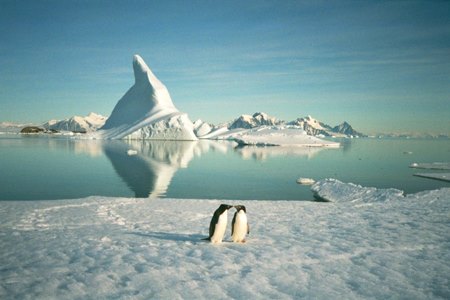
A new study has found that fresh water from melting glaciers has caused the sea-level around the coast of Antarctica to rise by 2cm more than the global average of 6cm, since 1992.
A research team, which included the University of Liverpool, detected the rapid rise in sea-level by studying satellite scans of a region that spans more than a million square kilometres.
The study, published in Nature Geoscience, found that near-shore waters went up by about 2mm per year more than the general trend for the Southern Ocean as a whole in the period between 1992 and 2011.
Ocean scientist, Professor Chris Hughes, from the University’s School of Environmental Sciences, said: “The fascinating thing about this region of the ocean, close to Antarctica, is that the ocean currents are strongly steered by the steeply-sloping sea floor, which makes sea level changes spread quickly around the entire continent.
“This rapid spreading allows us to be confident that we are seeing the big picture, despite only being able to glimpse the sea level through intermittent gaps in the floating ice. The size of the sea level rise requires a large injection of freshwater, consistent with the accelerated melting of Antarctic ice which has recently been observed.”
Lead author of the study, Craig Rye, from the University of Southampton, explained: “Freshwater is less dense than salt water and so in regions where an excess of freshwater has accumulated a localised rise in sea level was expected.
“The interaction between air, sea and ice in these seas is central to the stability of the Antarctic Ice Sheet and global sea levels, as well as other environmental processes, such as the generation of Antarctic bottom water, which cools and ventilates much of the global ocean abyss.”
In addition to satellite observations, the researchers also conducted computer simulations of the effect of melting glaciers on the Antarctic Ocean. The results of the simulation closely mirrored the real-world picture presented by the satellite data.
The study also involved researchers at the National Oceanography Centre and the British Antarctic Survey.
The full paper is available to read here Rapid sea- level rise along the Antarctic margins in response to increased glacial discharge’ can be read via the Nature Geoscience website
